
In an era where digital transformation has revolutionized almost every industry, art education is no exception. Online art classes have surged in popularity, offering unparalleled flexibility, accessibility, and innovation. As more artists, educators, and learners embrace virtual learning, it is becoming increasingly evident that online art classes are the future of creative education. Let’s explore the key reasons why virtual art instruction is shaping the next generation of artists.
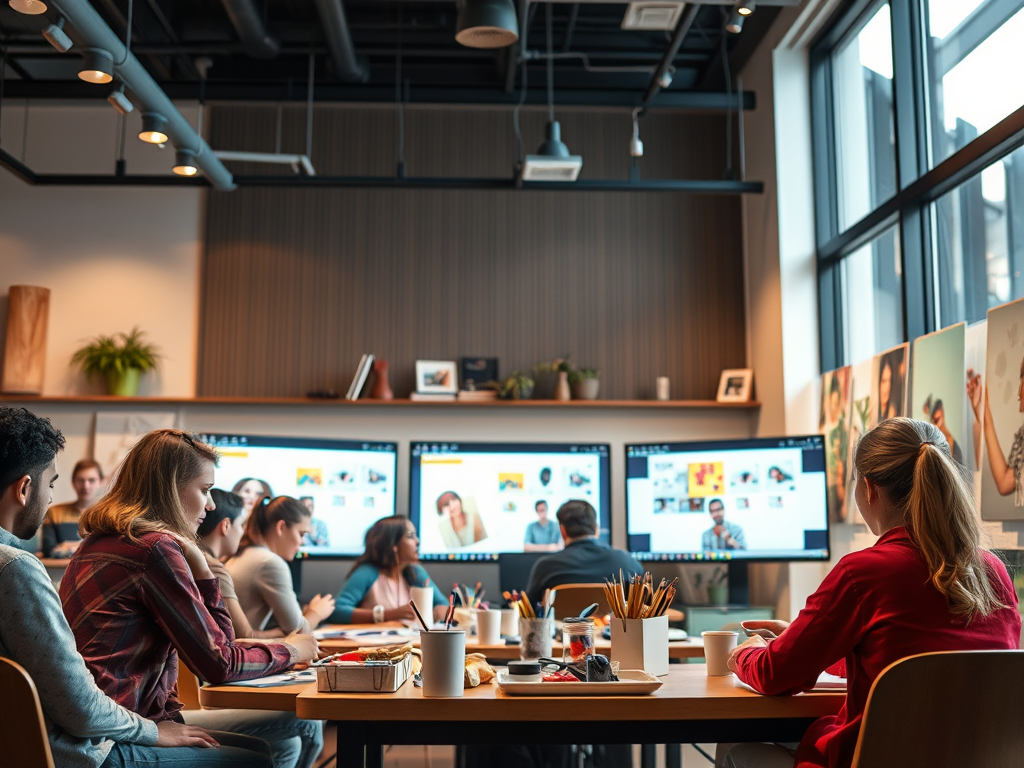
1. Accessibility to Global Learners
One of the most significant advantages of online art classes is their ability to reach learners across the globe. Traditional, in-person art schools are limited by geographical boundaries, often making it difficult for aspiring artists from remote areas to access quality education. Online platforms eliminate these barriers, providing anyone with an internet connection the opportunity to learn from top instructors worldwide. Whether a student is in a small town or a bustling metropolis, they can access high-quality lessons at their convenience.
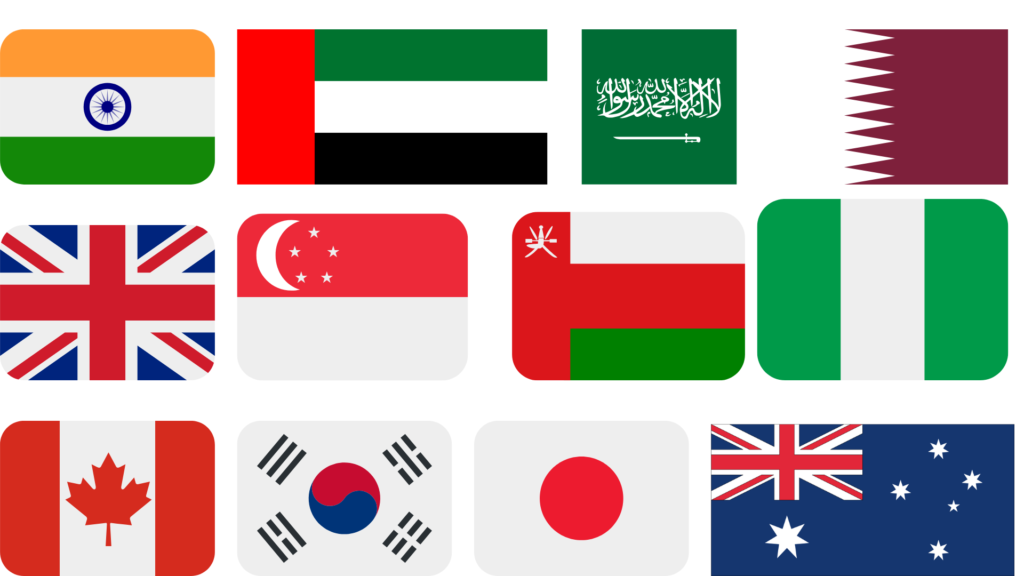
2. Flexibility in Learning
Unlike traditional art schools with rigid schedules, online classes offer unmatched flexibility. Learners can study at their own pace, choosing courses that fit their schedule. This is particularly beneficial for working professionals, students, and hobbyists who may not have the time to attend fixed classes. Whether it’s a live interactive session or a pre-recorded tutorial, online learning caters to diverse needs and time constraints.

3. Cost-Effectiveness
Online art classes often come at a fraction of the cost of in-person education. Traditional art schools require physical infrastructure, materials, and administrative expenses, which drive up tuition fees. In contrast, online courses eliminate these overhead costs, making high-quality art education more affordable. Many platforms also offer free or low-cost courses, scholarships, and flexible payment plans, ensuring that financial constraints do not hinder artistic growth.
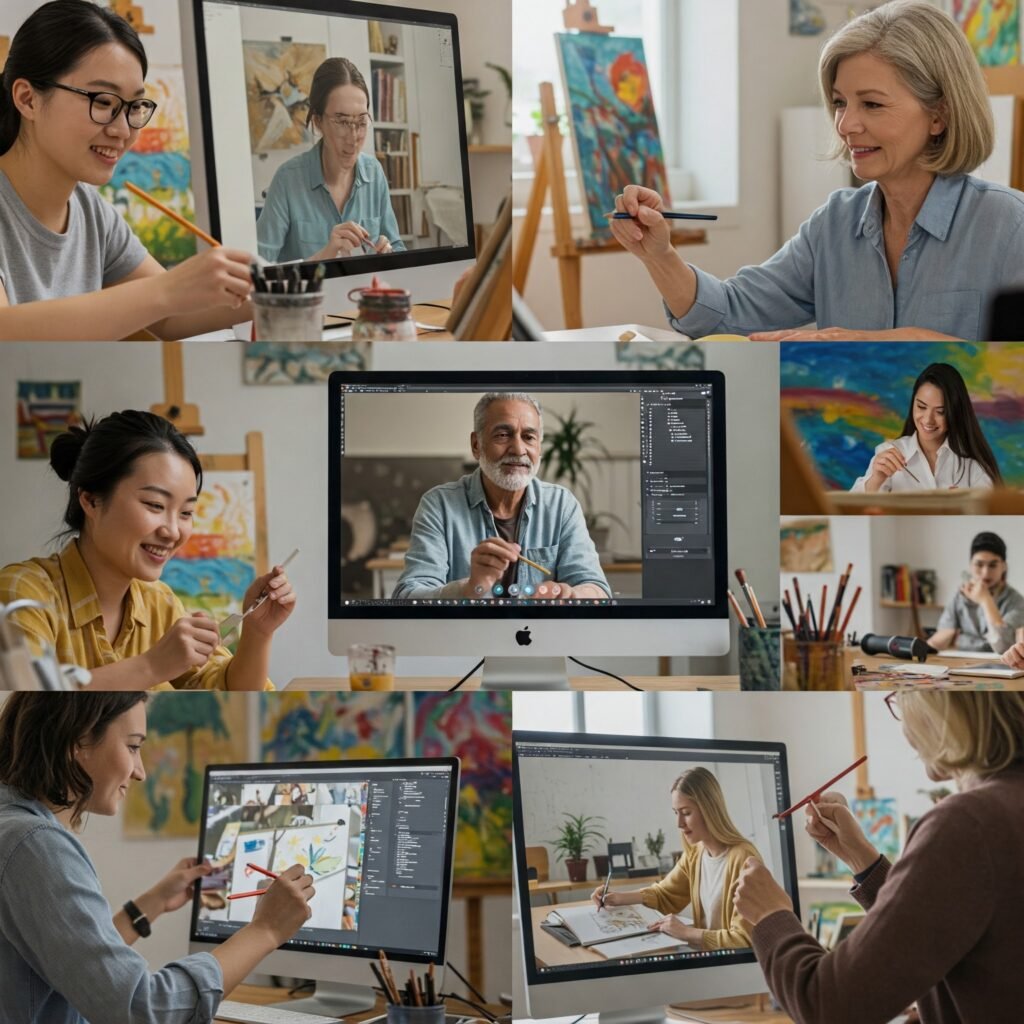
4. Diverse Learning Resources and Tools
With digital advancements, online art courses can provide a wide range of resources, including video tutorials, interactive exercises, downloadable materials, and virtual critique sessions. Many platforms integrate digital tools like Photoshop, Procreate, and AI-powered software, allowing learners to explore both traditional and digital art forms. This hybrid approach enhances creativity and provides students with skills relevant to modern artistic careers.
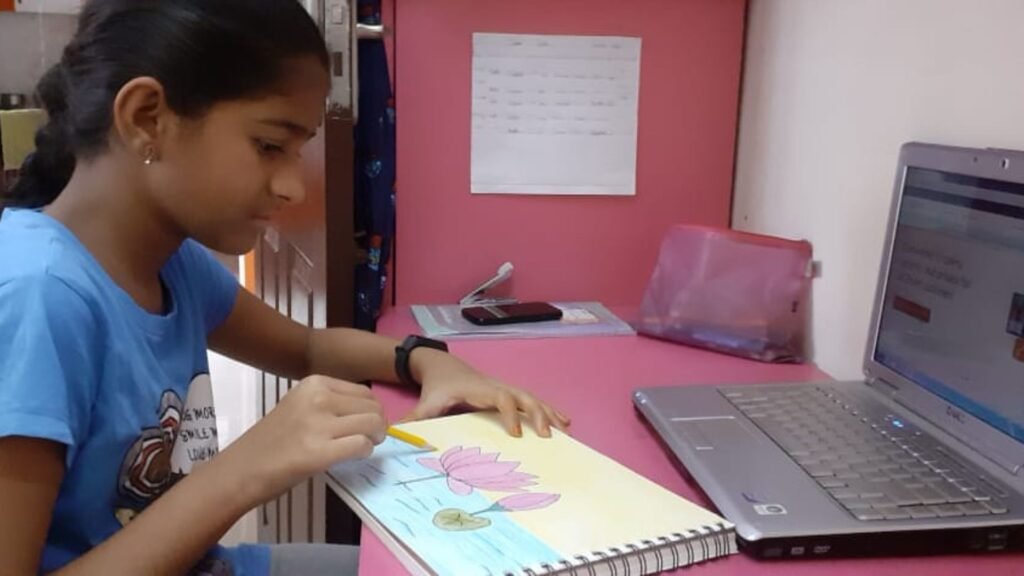
5. Individualized and Self-Paced Learning
Online classes cater to different learning styles, offering personalized learning experiences. Whether a student is a beginner looking to master basic techniques or an advanced artist aiming to refine their skills, they can choose a course tailored to their level. Unlike traditional classrooms, where the pace is set for a group, online platforms allow individuals to revisit lessons, pause when needed, and practice at their comfort level, ensuring a more effective learning experience.
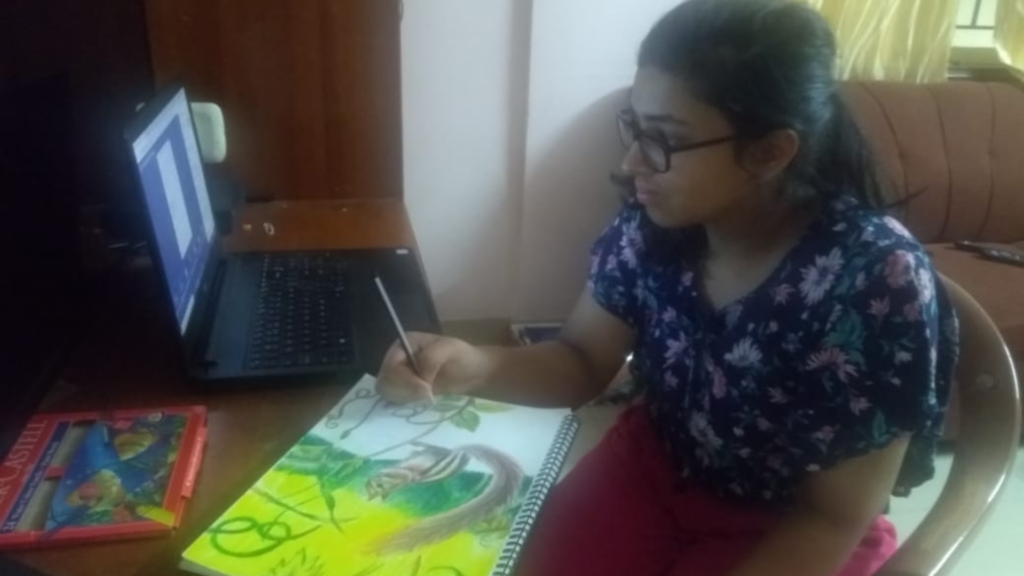
6. Expanding Career Opportunities
The rise of digital art and online platforms has created new career paths for artists. From freelance digital illustrators to content creators and NFT artists, the demand for skilled digital artists is increasing. Online art education not only equips students with traditional skills but also integrates modern techniques essential for thriving in the digital marketplace. Additionally, many online courses provide certification, mentorship, and networking opportunities, helping artists build their professional presence.

7. Interactive and Community-Driven Learning
Contrary to the misconception that online learning is isolating, many platforms foster strong artistic communities. Virtual art classes often include forums, peer reviews, live feedback sessions, and social media groups where students can connect, collaborate, and showcase their work. These interactive elements mimic the studio environment, ensuring that learners receive constructive feedback and stay motivated.

8. Adapting to the Digital Age
The art industry is evolving, with digital tools becoming an integral part of artistic expression. Online art classes prepare students for this transition by integrating digital media, animation, graphic design, and augmented reality into their curriculum. This forward-thinking approach ensures that artists remain relevant in an increasingly tech-driven world.
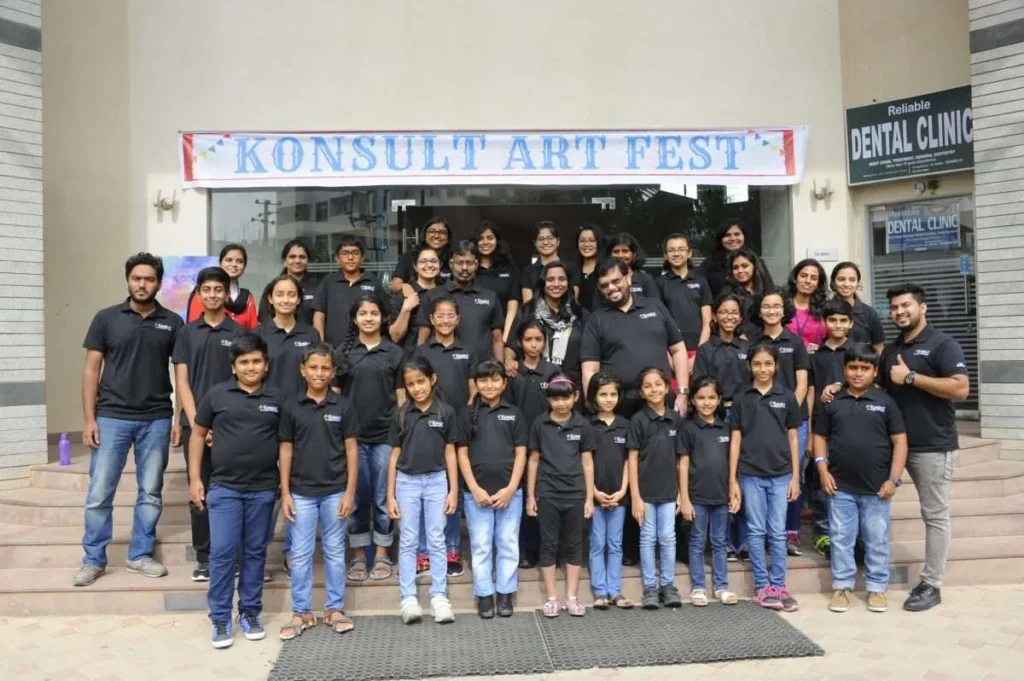
Conclusion
As technology continues to reshape the way we learn and create, online art classes are proving to be the future of artistic education. They offer accessibility, affordability, flexibility, and innovation, making high-quality art instruction available to a broader audience than ever before. Whether you are an aspiring artist, a seasoned professional, or someone exploring art as a hobby, online learning provides a dynamic and enriching experience. Embracing this shift not only enhances individual artistic growth but also fosters a global community of creative minds, redefining the future of art education.
